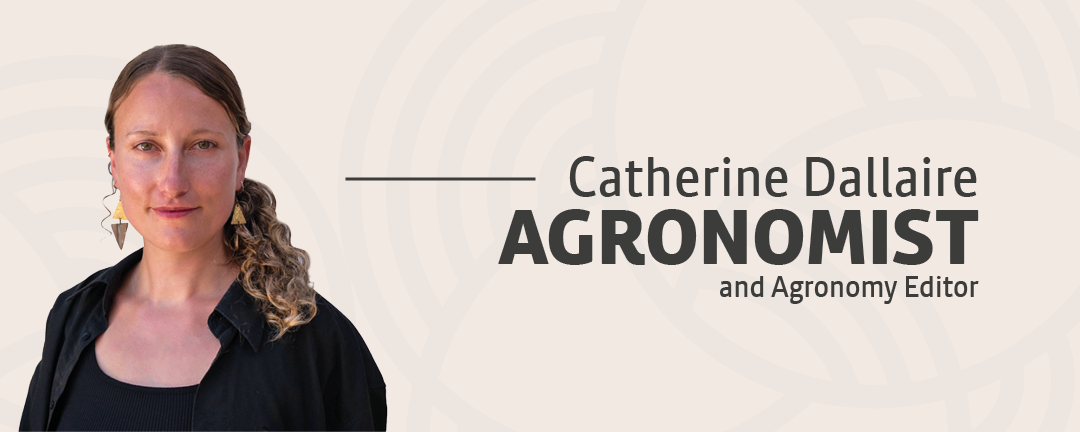
Incredible Soil Amendment Benefits
As part of a systematic analysis of high organic matter and carbon particle concentrations found in the deep layers of Amazonian dark earths, scientists hypothesized that people who inhabited and cultivated these lands relied on the practice of cutting, burning and burying plant materials or agricultural waste to amend nutrient-depleted soils. This process produced a residue similar to charcoal, which is now known as biochar and reportedly enriches the soil over time with an abundance of beneficial elements. As such, biochar use would explain the formation of highly fertile dark earths in an environment normally known for its acidic and impoverished soils. These dark earths are classified as anthrosols, a type of soil formed or heavily modified by human activity.
What Is Biochar?
Biochar is a compound made by heating organic matter at high temperatures in a low-oxygen environment. The end product is a fine-grained, friable and carbon-rich substance. Although it’s been around for thousands of years, biochar only garnered attention from scientists in the early 2000s. Researchers were fascinated by the substance and eagerly assessed its potential to enhance soil structure. In addition, recent studies highlighted its long-term capacity to sequester and stabilize carbon. Such findings revealed how biochar could help us mitigate climate change.
More Digging Is Needed
Studies about biochar are still ongoing, shining light on novel applications while raising new concerns. To this day, many questions remain unanswered when it comes to the elusive benefits of biochar.
Source :
A new hypothesis for the origin of Amazonian Dark Earths, 2021.
